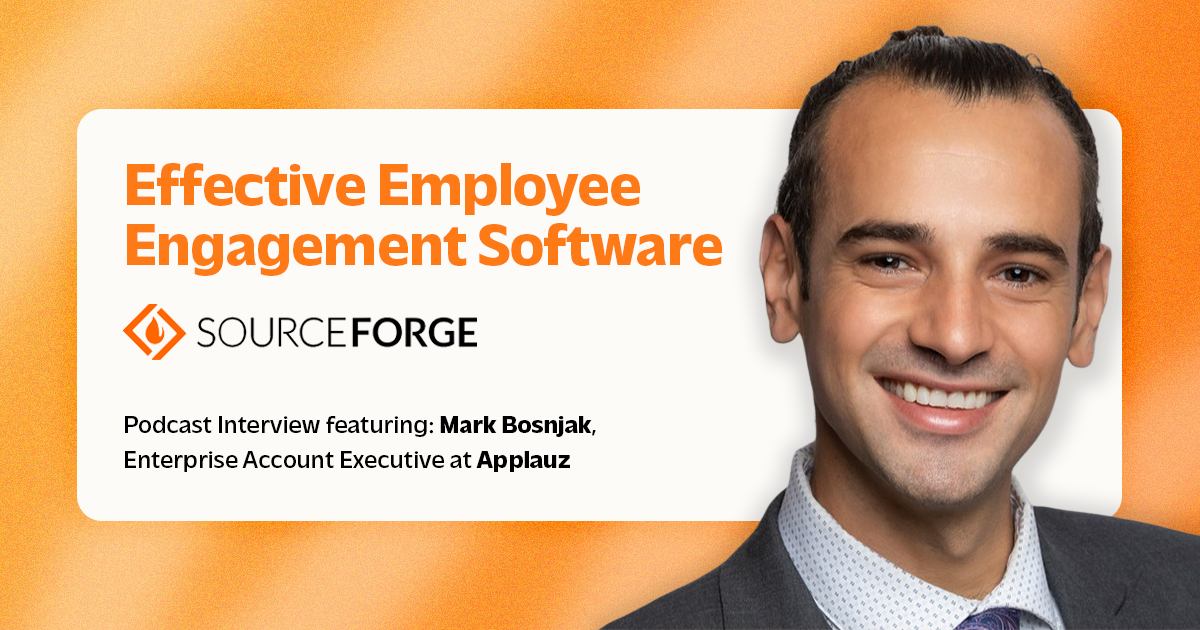- Platform
Solutions
- Recognition Starter Great for organizations starting their rewards and recognition culture.
- Engagement Essentials Ideal for companies prioritizing culture, productivity, and wellness.
- Experience Pro Best for large organizations operating across multiple sites.
- Service Awards Perfect for celebrating formal employee service awards and instant gifting.
- Work Anniversaries Ideal for celebrating anniversaries with continuous and flexible rewards.
Features
- Newsfeed Provide a virtual social space for culture and appreciation to grow.
- Recognition Empower every-day inclusive appreciation with 360 degree peer recognitions.
- Incentives (Points & Badges) Recognize with incentives and enable employees to redeem valuable gifts.
- Custom Perks Personalise your employee rewards by offering custom company perks.
- Rewards Marketplace Offer tangible rewards from our digital marketplace as part of your engagement program.
Extra Links
- Personalized Service How we help bring clarity, direction, and progress to your efforts.
- Integrations Synch Applauz with your favorite HR tools and simplify your workflow.
- Mobile App Give appreciation on the go. Share recognition anytime from any device.
- Analytics Track, measure, and grow your program with Applauz Reports.
- Pricing
- Resources
RECENT ARTICLE
KNOWLEDGE
Quick Links
 Applauz on SourceForge: Effective Employee Engagement Software
Applauz on SourceForge: Effective Employee Engagement Software





